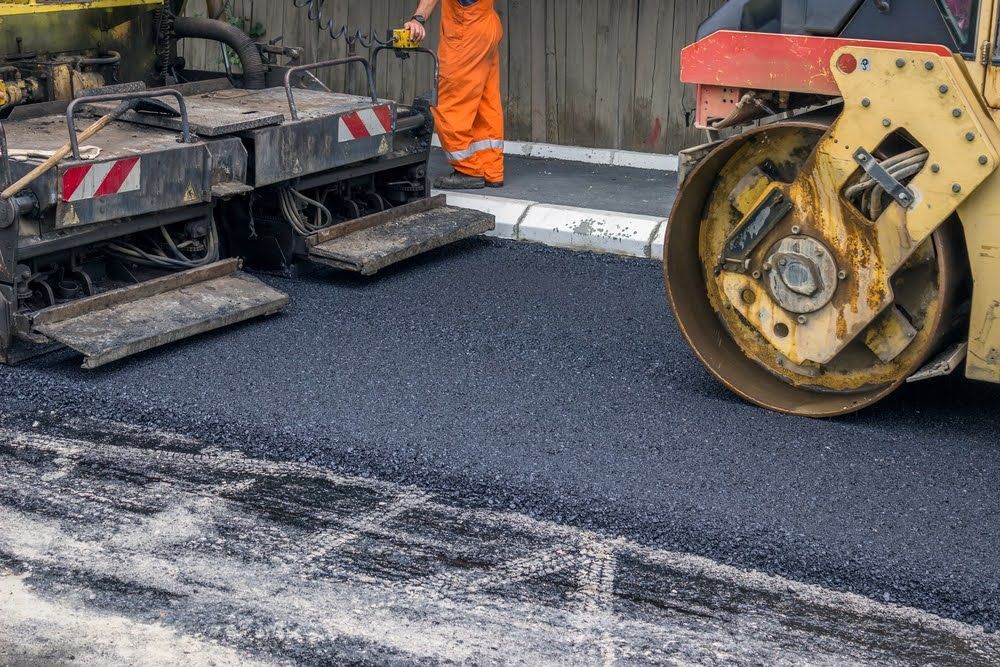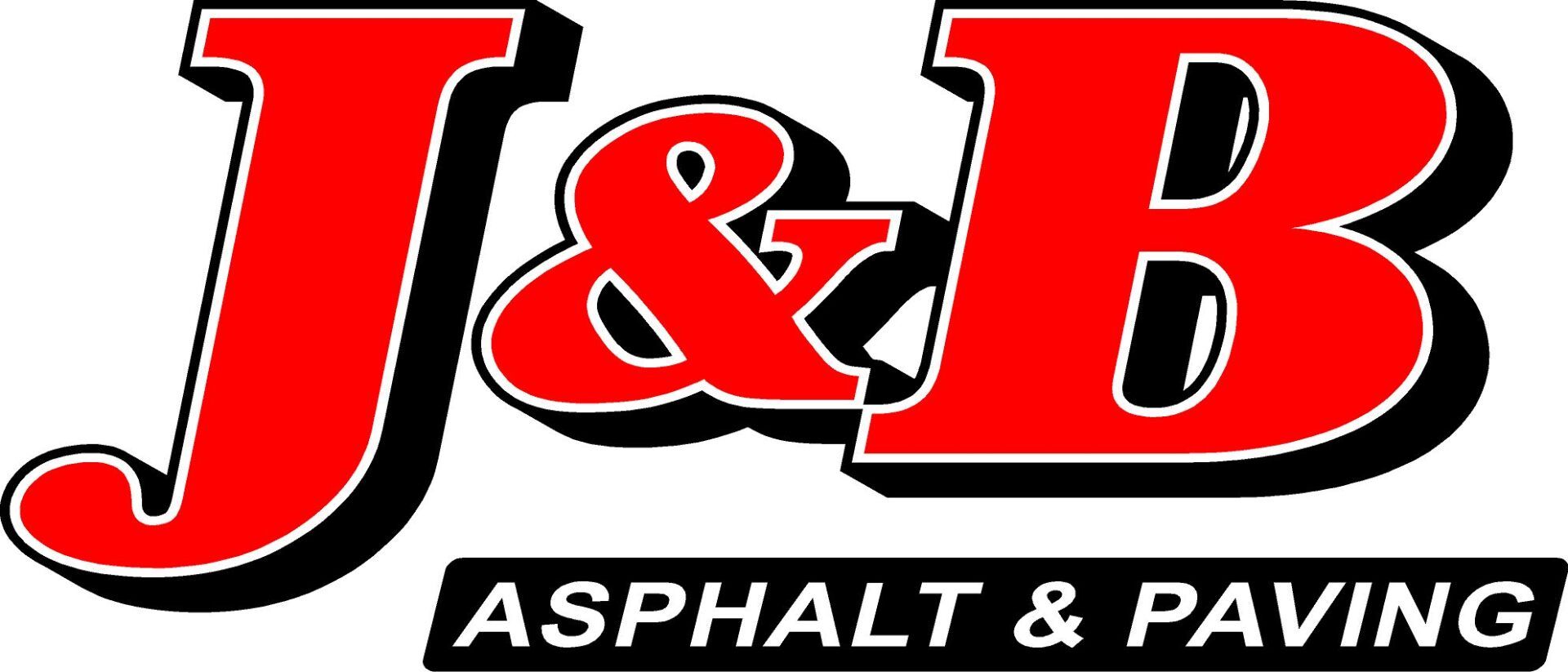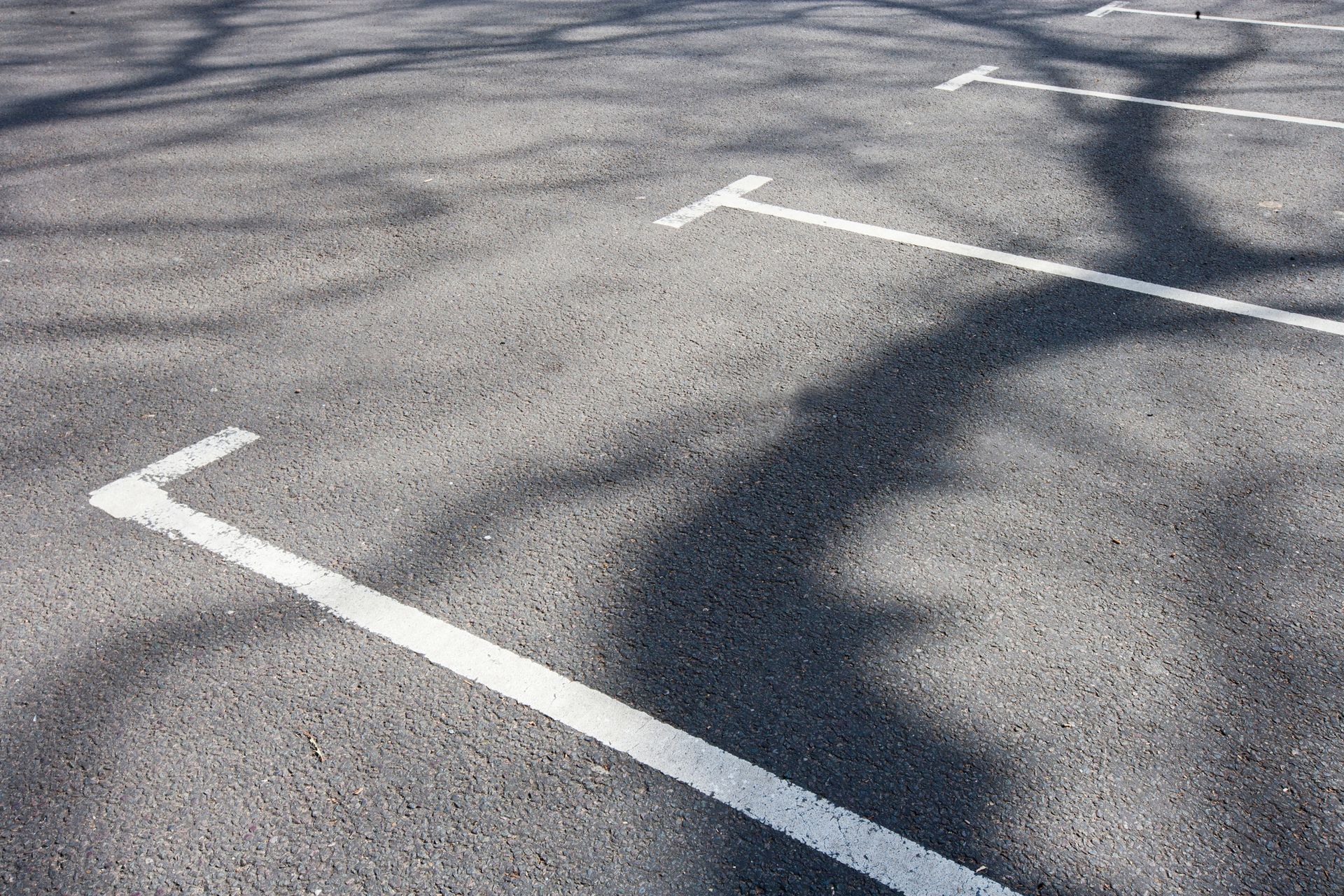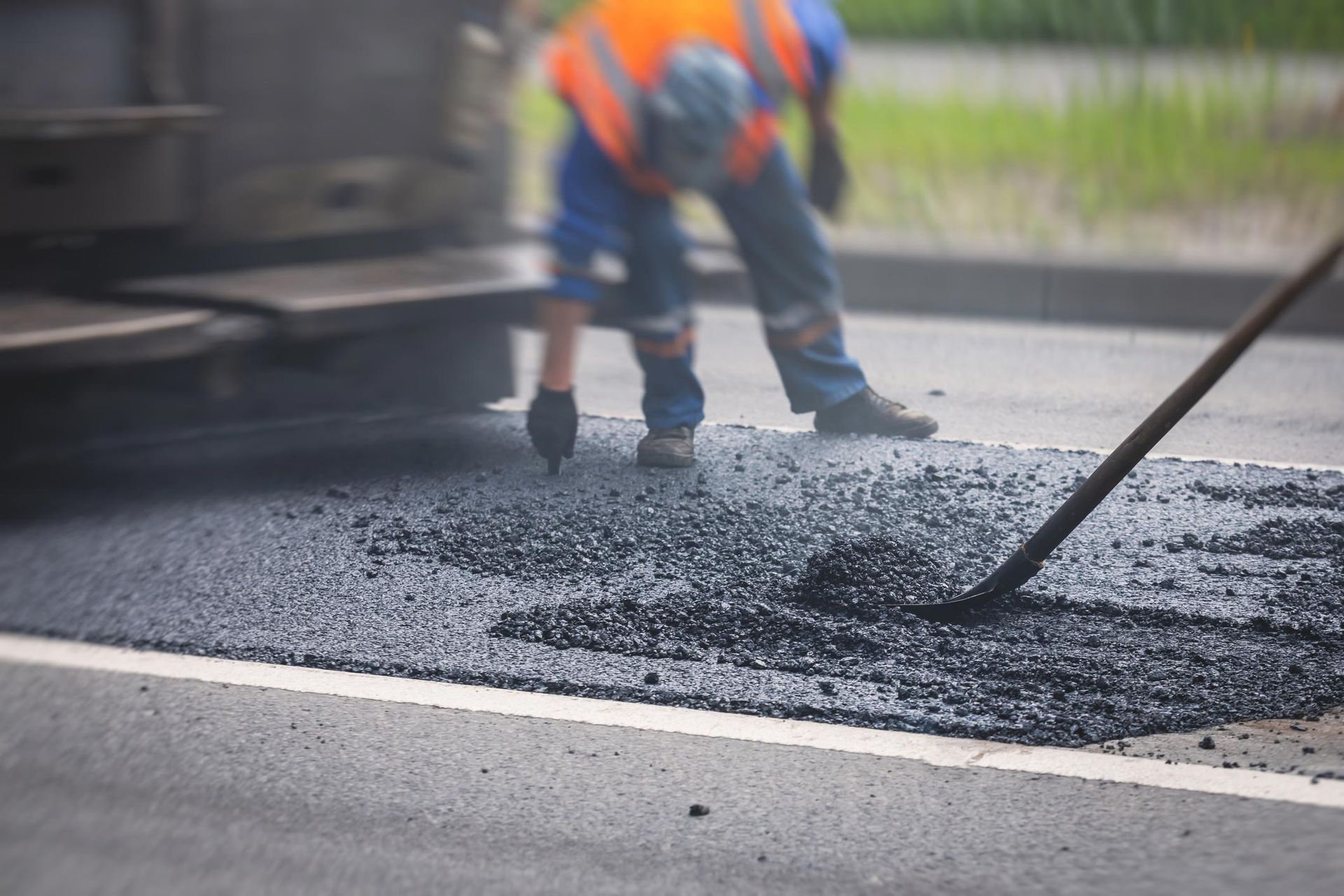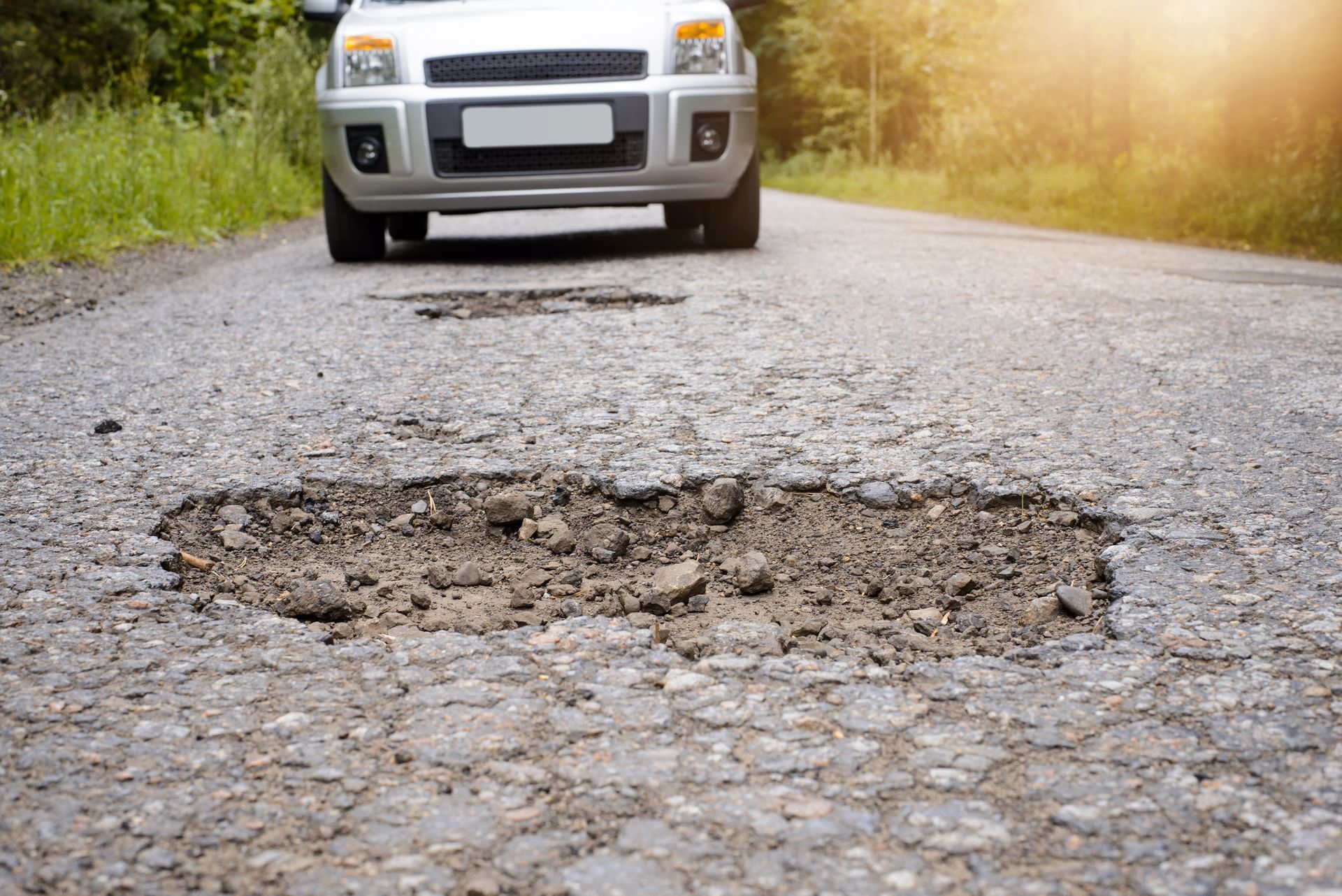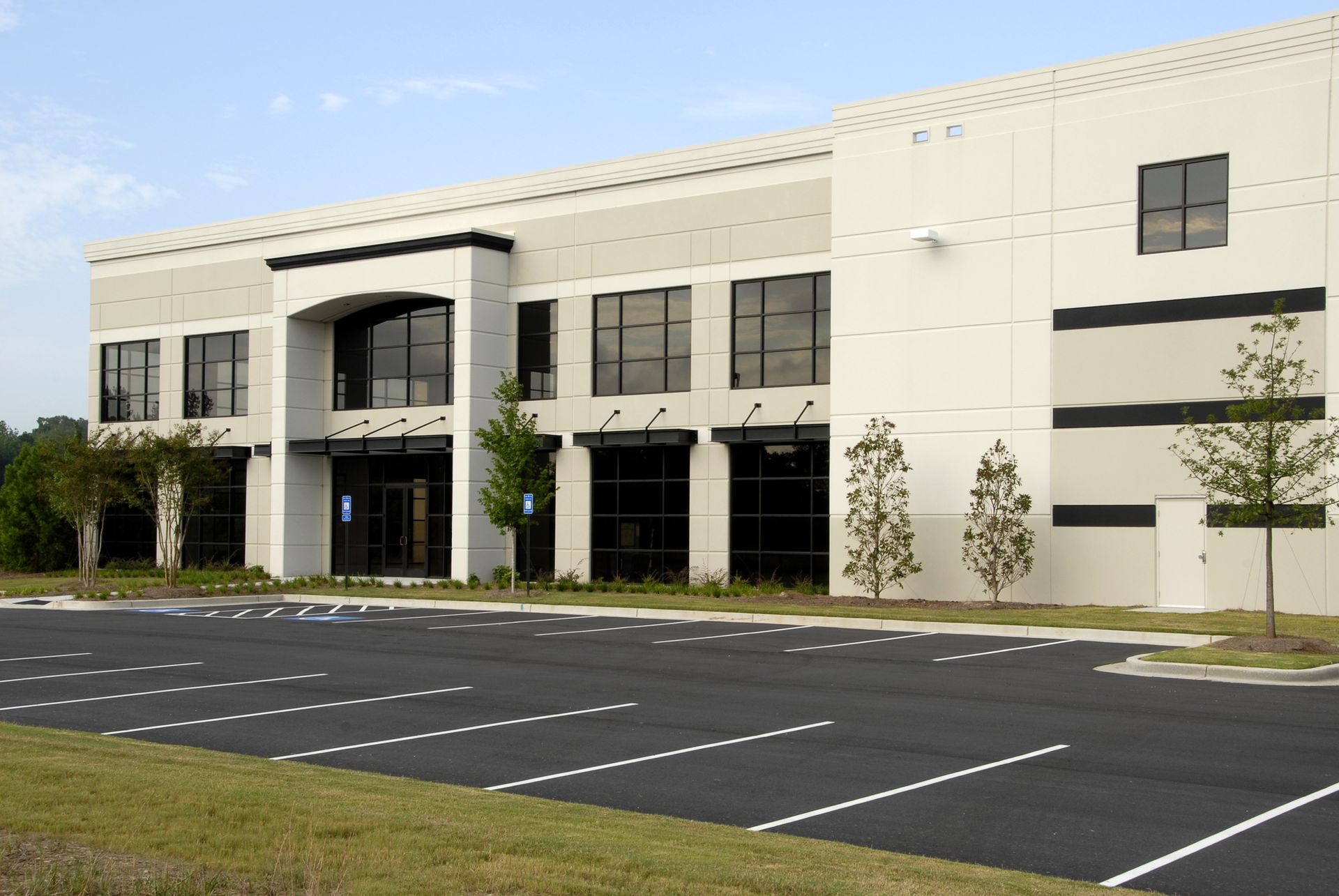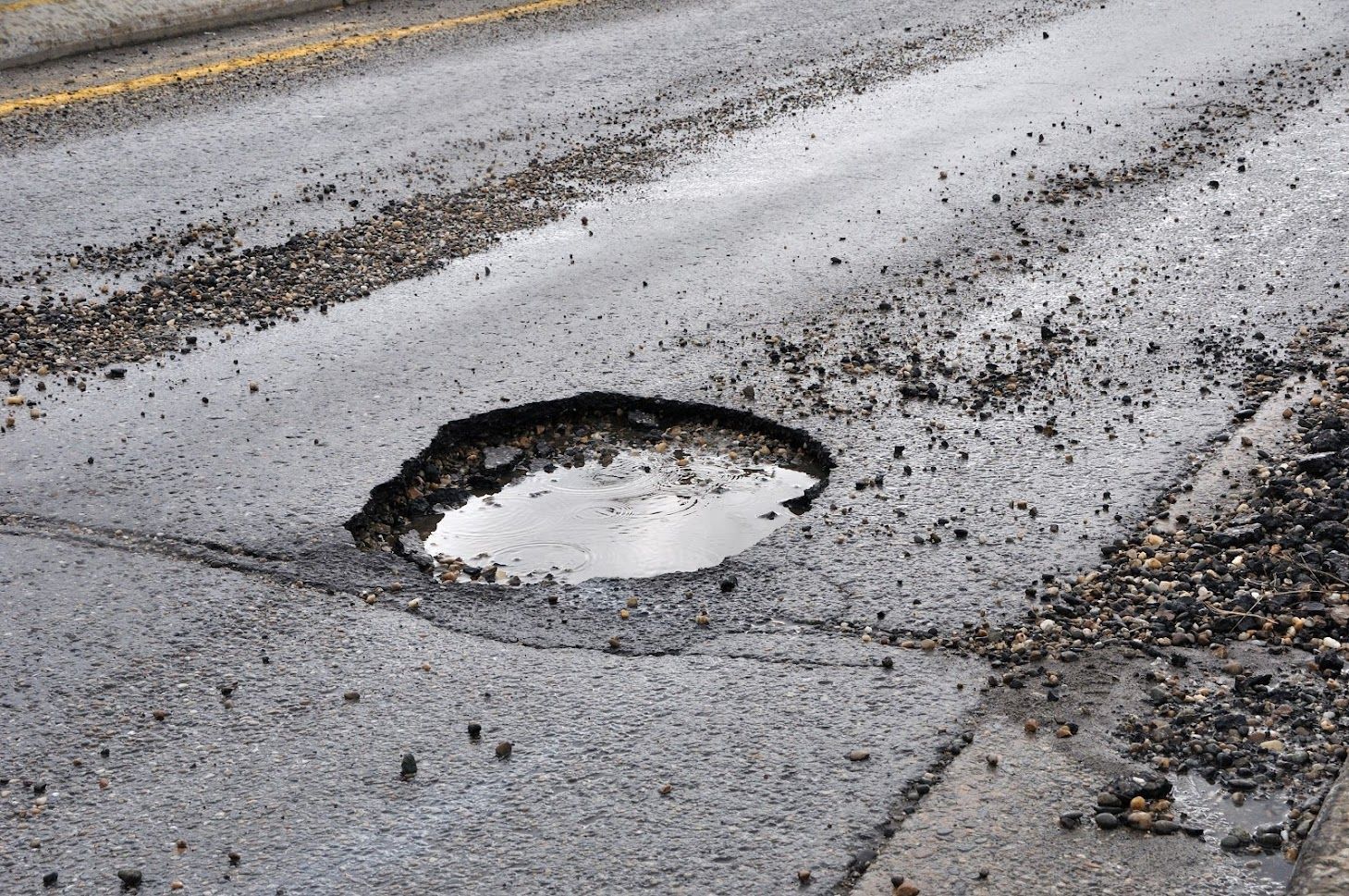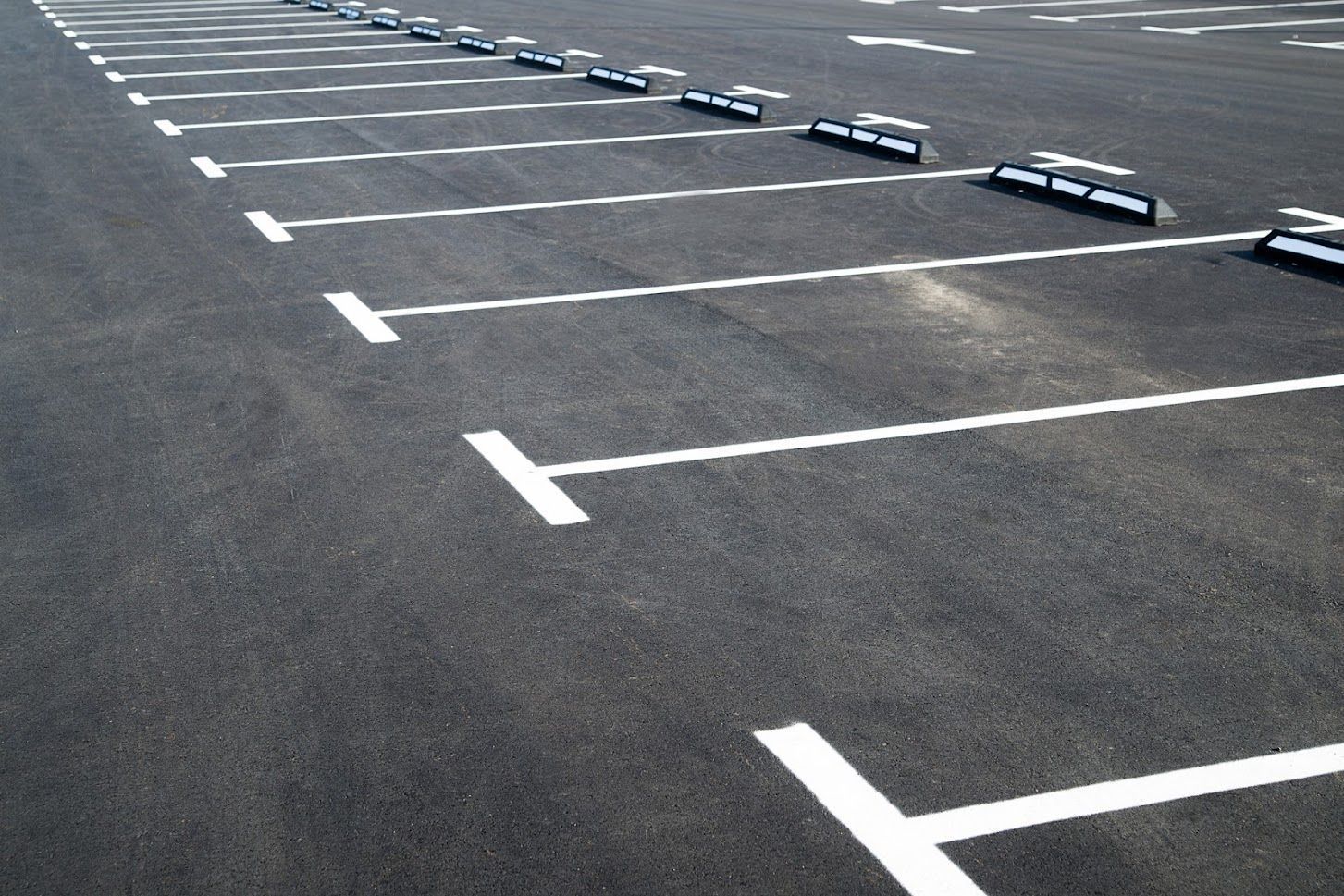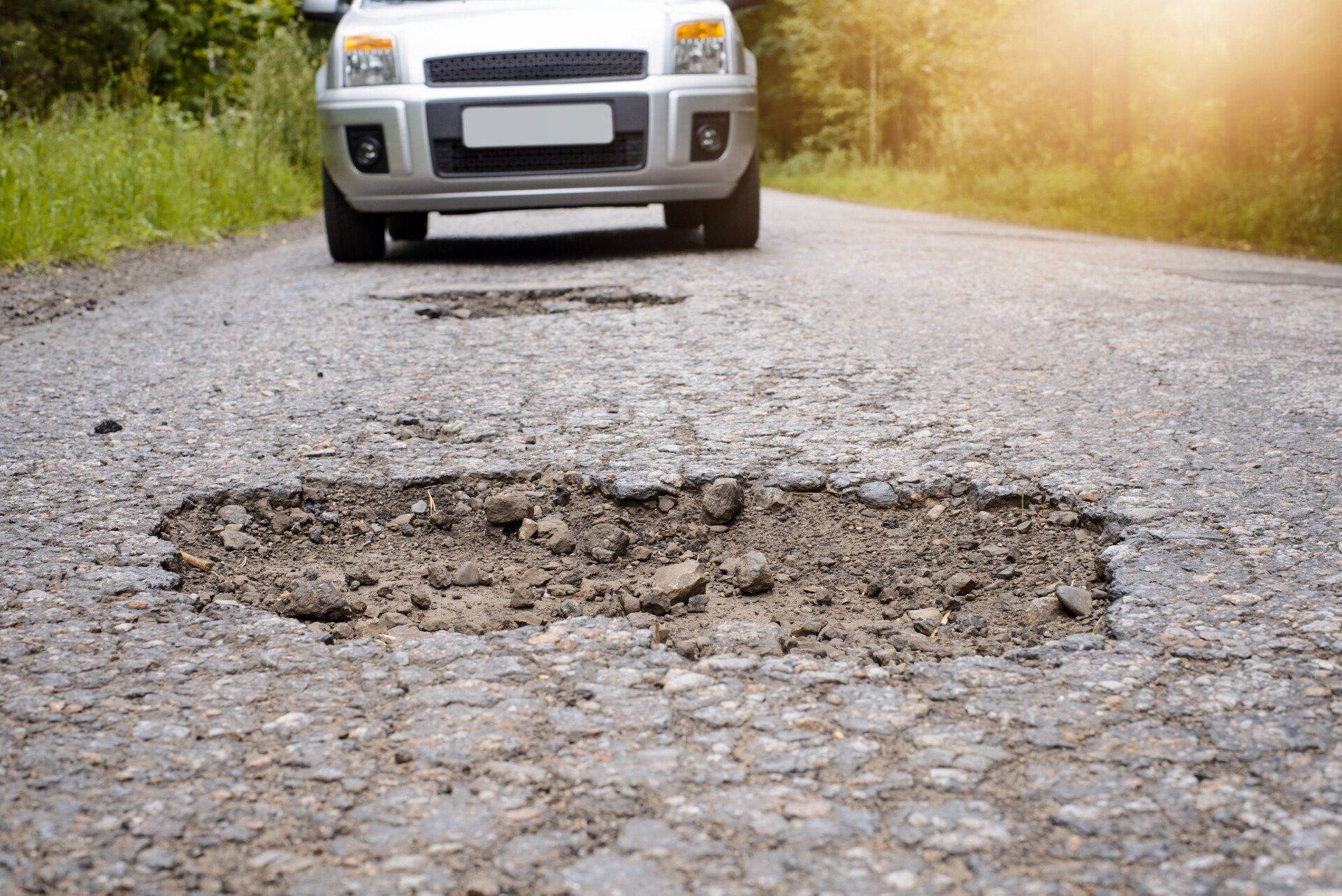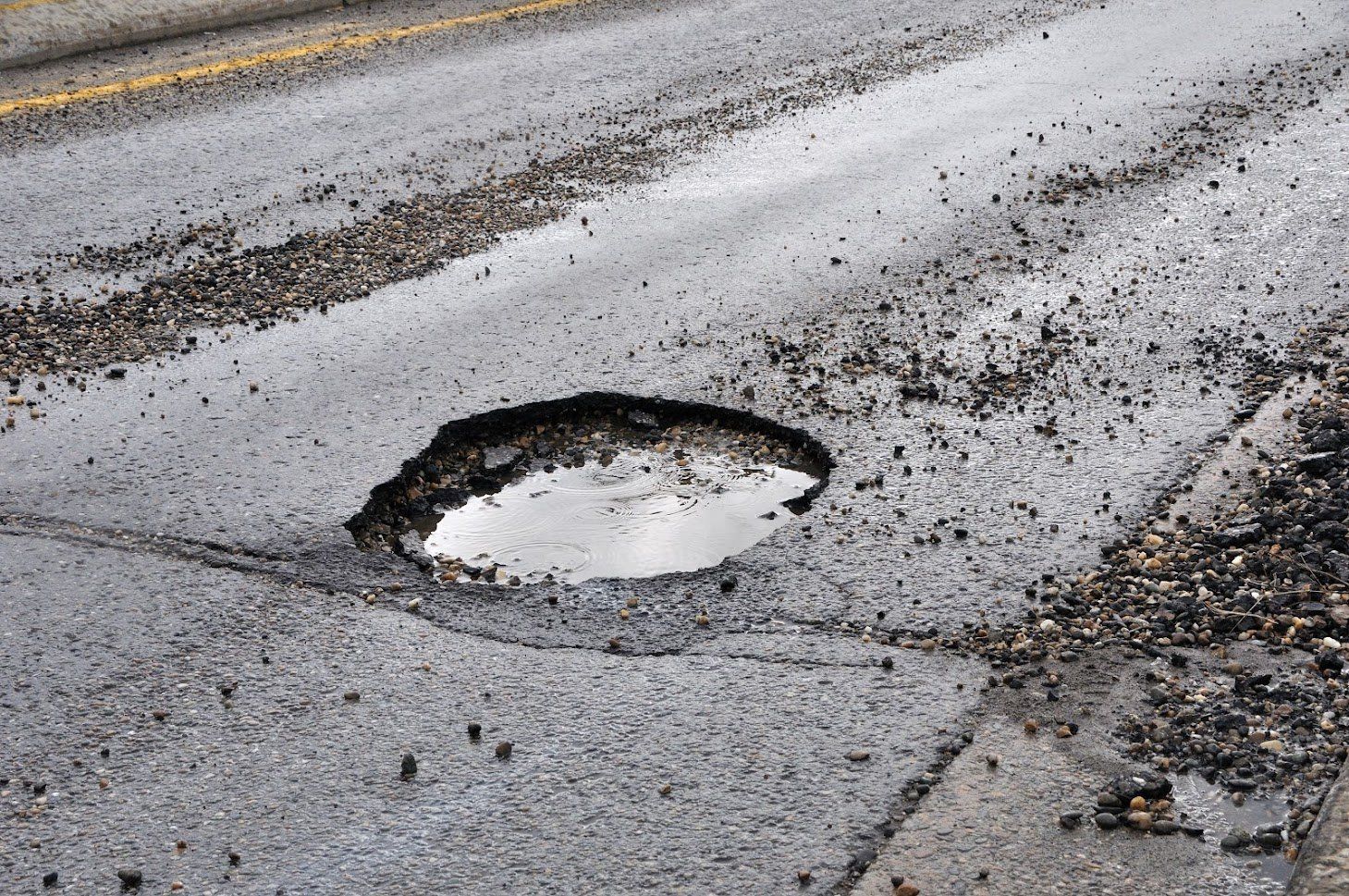7 Reasons for Tire Scuffing on New Asphalt in the Kansas City Area

If you recently re asphalt paved your driveway, or sealcoated in Kansas City, Olathe, Overland Park, Independence and surrounding areas, don't fret when you see tire scuff marks. Tire scuffs are a common problem on newly built asphalt pavements and will disappear with time. Scuffing does not always imply poorly done construction or substandard pavement. Tire scuffs are pretty normal, and efforts to remove them will only ruin your pavement's surface.
Still wondering what causes the tire scuff marks on your asphalt pavement? Read on to discover the common causes of tire scuffing on new asphalt.
1. Pavement’s Age
A pavement with freshly applied asphalt is prone to scuffing, especially when vehicles are given access before the installed pavement completely cures. Tire scuffing is particularly common in the first few months after application when the asphalt aggregate is still warm. After two or three months, the pavement becomes resistant to scuffs, and the existing tire scuffs vanish.
2. Driving Habits
Some people's driving habits are quite poor. Habits such as executing sharp turns, hard braking, and speeding are notorious for creating skid marks and tire scuffs on a new seal coat. Engaging power steering in a motionless vehicle is another common cause of tire scuffing.
Cars with front-wheel drive mostly cause scuffing, especially when you turn the front wheels when the vehicle is idle. Fortunately, you can stop people's habits of dangerous driving on your pavement with several measures.
First, you can install security cameras and stop signs. Other methods to improve people's driving habits are speed humps and speed limit signs.
3. Weight of the Vehicle
Newly laid asphalt pavement experiences traffic from heavy vehicles such as garbage trucks, RVs, cargo trucks, delivery trucks, pick-up trucks, vans and is vulnerable to tire scuffing. The weight from these vehicles lowers the traction between the asphalt and the tires and causes scuffing.
4. Climate Conditions
Kansas City, Independence, Liberty, Overland Park, Blue Springs and surrounding area's have harsh climates. This leads to the need for asphalt maintenance. The time of the year determines how fast the asphalt cures. Contractors prefer to lay seal coating or asphalt at the end of summer or during the fall months for a reason. All types of asphalt aggregate need cool temperatures to cure properly.
When the ground absorbs moisture during warm weather, the asphalt's curing process slows down and makes the newly laid asphalt susceptible to scuff marks and other damages from external elements. Hot tires from vehicles arriving from the highway also cause scuff to the pavement, especially during hot weather.
5. Types of Tires
Heavy tires found on pick-up trucks and big trucks are likely to create scuff marks more than a sedan or smaller vehicle tires. Low-profile tires are quite common nowadays. Unlike traditional tire designs, low-profile tires need more tire pressure, which causes them to leaves scuff marks on the pavement. Aggressive tire tread patterns also cause tire scuffing.
6. Asphalt Mix Design
Asphalt mix design determines the effectiveness of the asphalt pavement to resist scuffing. If aesthetics are a priority, small aggregates result in a tight and smooth surface that looks good. Unfortunately, such pavement is prone to scuffing.
On the other hand, coarse aggregates are highly resistant to scuffs. However, most people don't choose coarse asphalt due to its rough appearance. A paving contractor will guide you on the asphalt type that suits your pavement.
7. Construction Issues
Although construction issues hardly occur, they can cause tire scuffing when they happen. If the contractor fails to compact the pavement properly after laying the asphalt, tire scuffing is unavoidable. Also, if the contractor's equipment encroaches on freshly laid asphalt before it completely cures, the pavement will have scuff marks.
Luckily, the tire scuff marks don't last. They eventually fade as the asphalt ages. Contact J&B Asphalt & Paving today if you are looking for an expert asphalt contractor in Kansas City, Independence, Olathe, Overland Park, Liberty, Blue Springs and surrounding area's to handle your asphalt paving and repair services.
